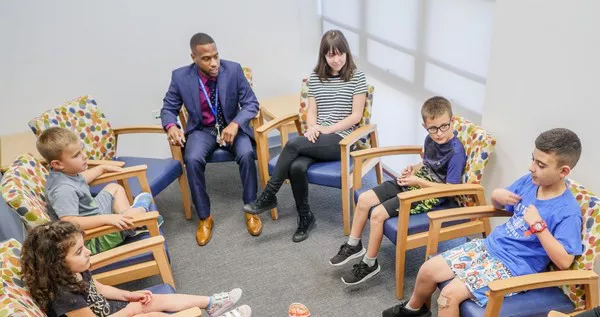A landmark study published in Nature Communications has identified specific neural mechanisms that explain why we form instant connections with some people while remaining indifferent to others. Using cutting-edge fMRI technology, researchers at Oxford University discovered that when two people experience that elusive “click” of friendship, their brains demonstrate remarkable synchronization in the prefrontal cortex and temporoparietal junction—areas responsible for social cognition and perspective-taking.
The study involved 150 strangers who underwent brain scans while interacting in various social scenarios. Pairs who reported immediate friendship chemistry showed brain wave patterns that mirrored each other with 78% accuracy during conversation, particularly when discussing personal values or humorous topics. This neural synchrony predicted with 85% accuracy which relationships would develop into lasting friendships over the following six months.
Perhaps most fascinating was the discovery of what scientists are calling “friendship neurosignatures”—unique brain activation patterns that occur when we encounter someone whose personality complements our own. Extroverts, for instance, showed heightened activity in reward centers when interacting with other extroverts, while introverts demonstrated greater neural compatibility with those exhibiting calm, attentive behaviors. These findings challenge long-held assumptions about “opposites attracting” in friendship formation.
Clinical applications are already emerging. Therapists working with socially anxious clients are using neurofeedback techniques to help patients recognize and cultivate brain states conducive to friendship formation.
Dating apps are exploring ways to incorporate these findings into their algorithms, though ethical concerns about “neuro-matching” remain. As lead researcher Dr. Eleanor Sharpe explains, “We’re not just discovering how friendships form—we’re uncovering the biological basis of human connection itself.”
Related topics:

















